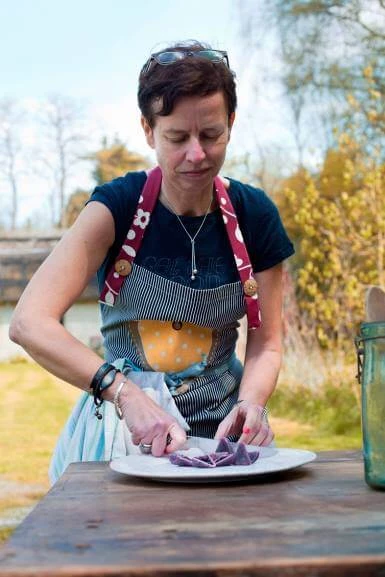How many cups are in 250 ml?
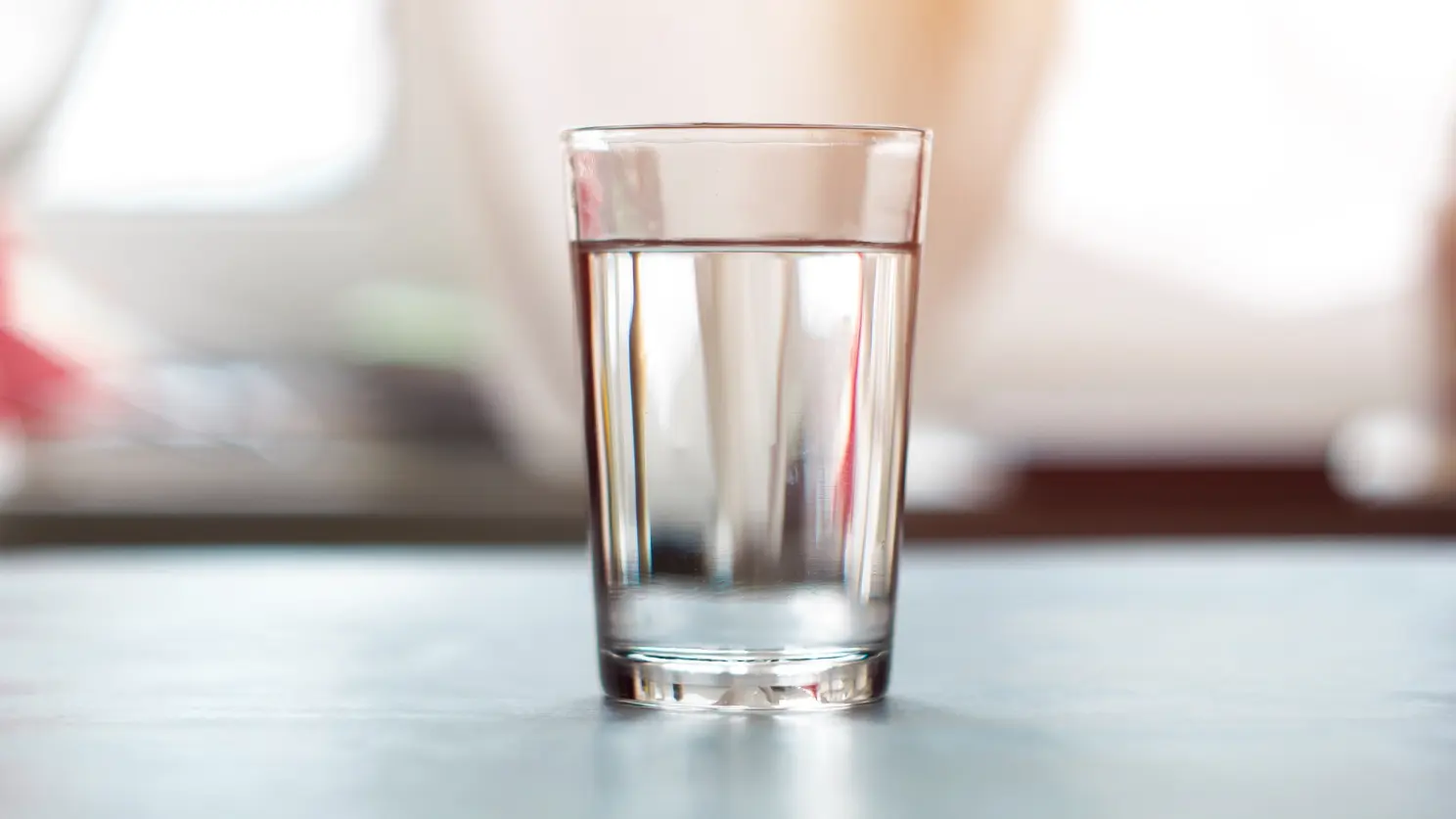
Content
Volume unit converter
Understanding Volume Measurement
Measuring volume is key in many areas. Cooking, science, and medicine use a lot. We often need to convert between units of volume. Two common units are cups (c) and milliliters (ml). Understanding these units helps in daily tasks.
Definition of a Cup
A cup is a common volume unit in cooking. Its size can vary by country. For instance, one US cup equals 236.5 ml. However, a UK cup is 250 ml. This difference is crucial in recipes.
Variations in Cup Sizes Globally
Cup sizes are not the same worldwide. The US and UK have different sizes. This can be confusing in cooking. Knowing the right size for the recipe is important.
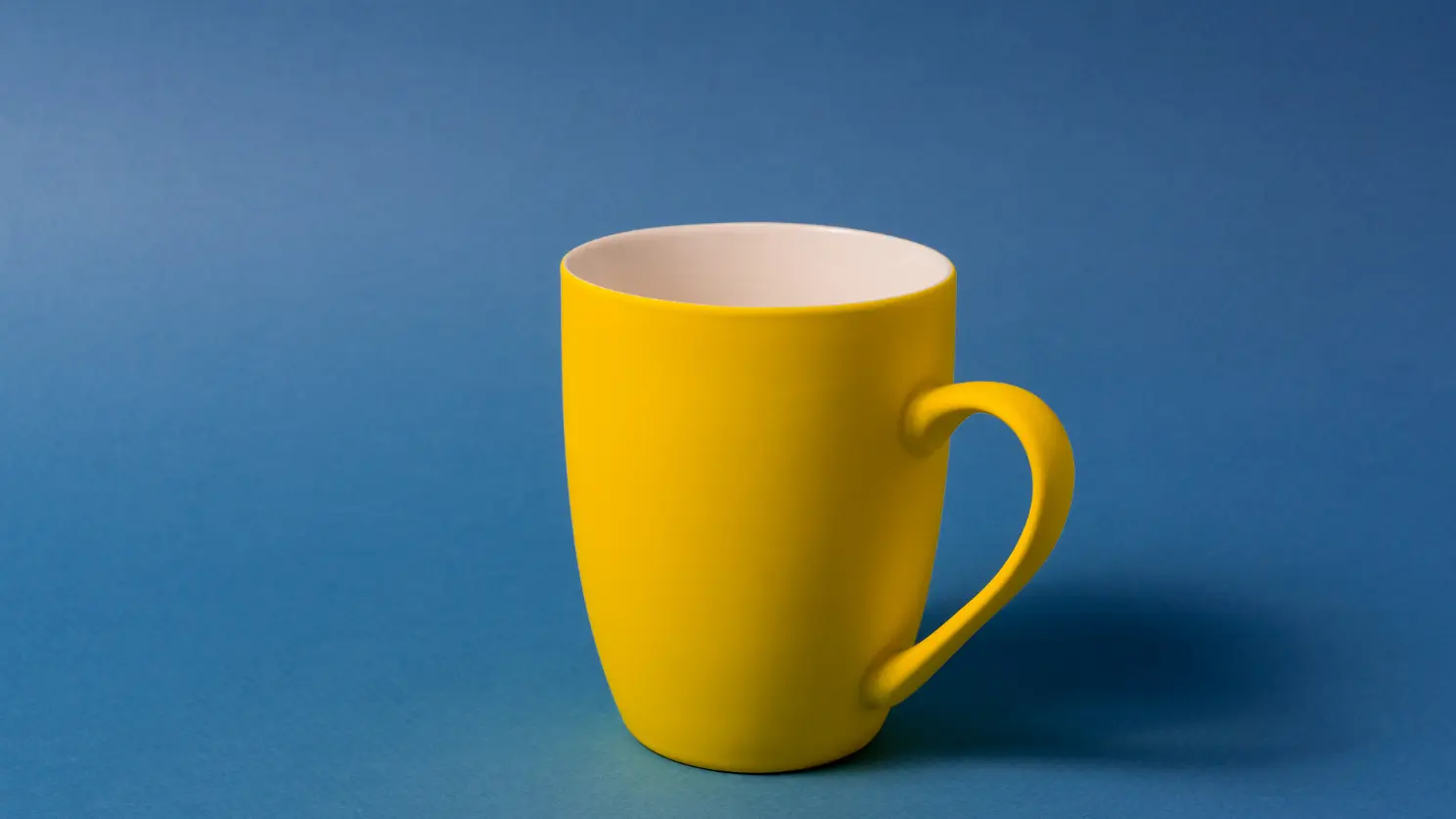
Definition of a Milliliter
A milliliter is a small volume unit. It's one-thousandth of a liter. Ml is widely used globally, especially in scientific contexts.
Cups vs. Milliliters: Key Differences
Cups and ml measure volume. But they are used differently. Cups are more common in cooking, especially in the US and UK. Ml is used in many fields, including science. Converting between these units needs care.
Conversion Basics
Converting between cups and ml is a common task. It's essential in cooking and other fields. Knowing the basic conversion formulas helps. Using the right tools is also crucial for accuracy.
Standard Conversion Formula
The formula for converting c to ml is simple. You multiply the number of c by the ml value of a cup. This value changes based on the country. For example, in the US, one cup is 236.5 ml.
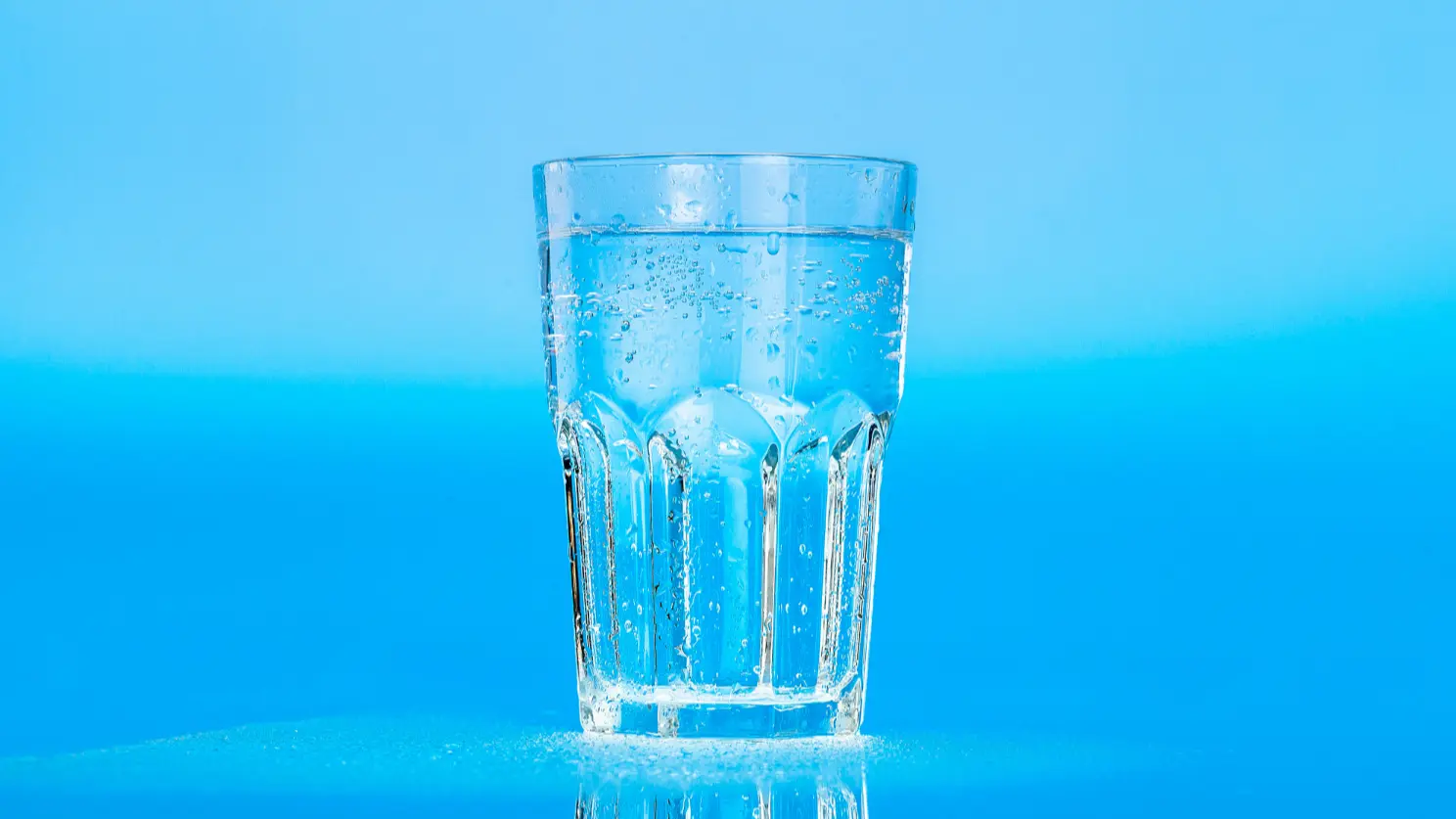
Tools for Accurate Measurement
The right tools make a big difference. For cups, use measuring cups. For milliliters, measuring jugs or syringes are best. Digital scales can help too.
Detailed Conversion Tables
Tables are helpful for quick conversion. They show the values for cups in ml and vice versa. This makes cooking and other tasks easier.
Cups to Milliliters Conversion Table
| Cups (US) | Milliliters (ml) |
|---|---|
| 1/4 | 59.1 |
| 1/2 | 118.3 |
| 3/4 | 177.4 |
| 1 | 236.5 |
| 1 1/2 | 354.9 |
| 2 | 473 |
| 2 1/2 | 591.5 |
| 3 | 709 |
Milliliters to Cups Conversion Table
| Milliliters (ml) | Cups (US) |
|---|---|
| 50 | 0.21 |
| 100 | 0.42 |
| 150 | 0.63 |
| 200 | 0.85 |
| 250 | 1.06 |
| 300 | 1.27 |
| 350 | 1.48 |
| 400 | 1.69 |
| 450 | 1.90 |
| 500 | 2.11 |
Converting 250 Milliliters to Cups
When converting 250 ml to cups, precision is key. Whether in cooking or science, the right amount matters. Understanding the conversion process helps a lot.
Step-by-Step Conversion Process
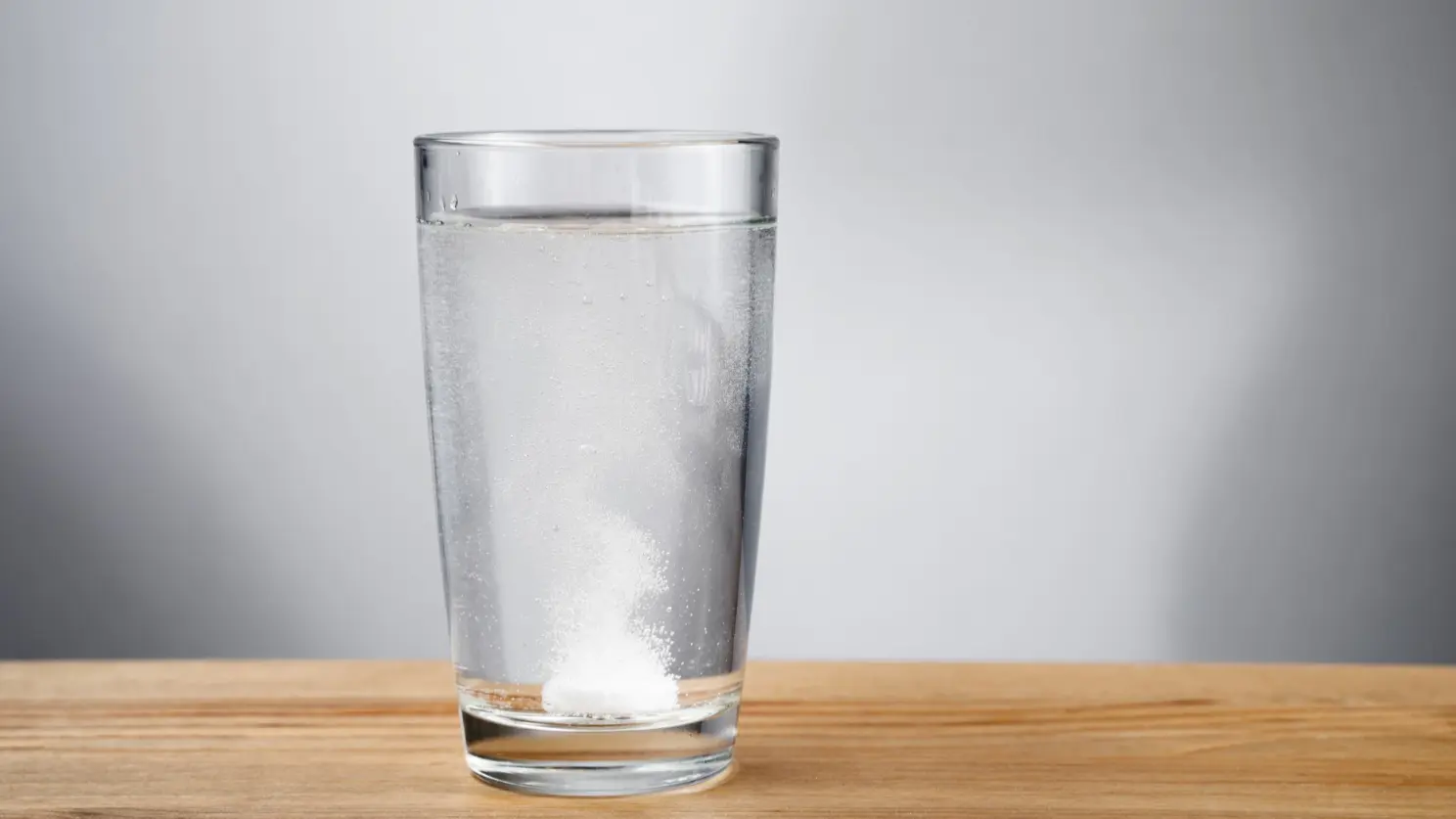
Steps:
- Start with the Volume: Begin with 250 ml as your starting volume.
- Understand the Cup Standards: Recognize that US and UK cups differ. A US cup equals 236.5 ml, and a UK cup equals 250 ml.
- Convert to US Cups: For US cups, divide 250 ml by 236.5. This gives you approximately 1.06 C.
- Convert to UK Cups: For UK cups, 250 milliliters is equals 1 cup, since a UK cup is 250 ml.
- Round off, If Needed: In some cases, round off the numbers for simplicity. For example, 1.06 US cups can be rounded to 1 cup if exact precision is not crucial.
- Use Conversion Tools: If available, use online tools or apps for quick conversion. This step is helpful for double-checking your calculations.
- Apply in Context: Use the converted measurement as needed. In recipes, consider the precision required. For casual cooking, slight variations might be okay.
- Record Your Findings: Keep a note of your conversion. This is especially useful if you plan to use the same recipe or measurement again.
Tips for Precision in Conversion
Accuracy is important. Always use the right tools. Check with a conversion table for reassurance. Remember, cup sizes differ by country.
Common Conversion Mistakes
Mistakes in conversion are common. They can happen in any setting. Knowing what these errors are helps in avoiding them.
Identifying Typical Errors
People often mix up cup sizes. They might use the wrong tools. Occasionally, they apply the wrong formula. These mistakes can alter results significantly.
- Confusing Different Cup Standards: Mixing up US and UK c sizes is a common error.
- Incorrect Measuring Tools: Using a standard cup instead of a measuring cup can lead to mistakes.
- Miscalculations: Simple math errors can result in incorrect conversions.
- Overlooking Recipe Origin: Not considering the country of origin of a recipe can lead to using the wrong cup size.
How to Correct Measurement Errors
To fix errors, check your cup size. Use appropriate tools. Always refer to conversion tables. Be extra careful with international recipes.
Practical Applications in Daily Life
Understanding volume conversion has many uses. It's helpful in the kitchen and beyond. Conversions are a part of our daily routines.
Uses in Cooking and Baking
Cooking and baking need accurate measurements. Converting ml to cups is common in recipes. It's especially crucial in baking, where precision is everything.
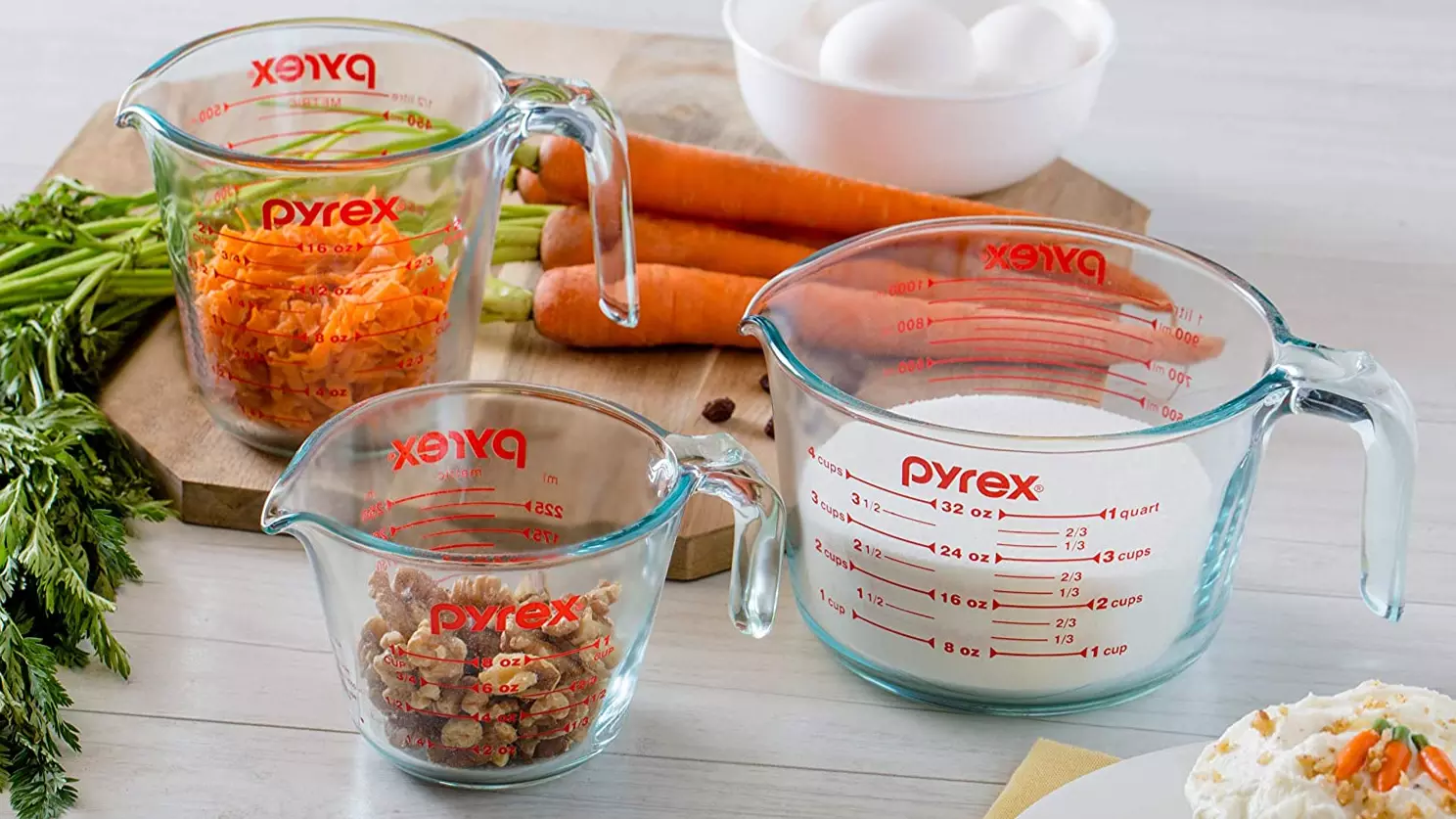
Examples:
- Measuring Ingredients: Precise volume is key for recipes. Cups are often used for liquids like milk and water. Ml is common for small amounts of liquids like extracts.
- Adjusting Recipe Sizes: When scaling recipes up or down, converting ml to c or vice versa is essential.
- International Recipes: Recipes from different countries use different units. Converting units makes these recipes usable everywhere.
- Baking Precision: Baking requires exact measurements. Small errors can change the outcome. Converting accurately is crucial.
Importance in Science and Medicine
In science and medicine, accurate measurement is vital. Ml is typically the standard unit. But sometimes, converting to cups is necessary.
- Medicine Dosage: Correct ml measurement is crucial for safe medicine doses. Sometimes, converting to cups is needed for clarity.
- Lab Work: Exact volume is key in experiments. This typically involves unit conversion.
- Diet Studies: In food studies, precise volume measurement ensures reliable data.
- Patient Care: Knowing different volume units aids in fluid and food care in health settings.
Conclusion
